Structural Health Monitoring Size
Structural Health Monitoring Market Growth Projections and Opportunities
Structural Health Monitoring Market size is expected to reach USD 8.05 Billion at a CAGR of 15% over the forecast period of 2023-2032. The Structural Health Monitoring (SHM) Market is molded by various factors that give it features and show how it grows. One of the major drivers is an increased emphasis on infrastructure safety and maintenance. Technological innovations are a major contributor to the formation of the Structural Health Monitoring Market. Developments in sensor technology, data analysis, and wireless communications have greatly improved the capabilities of SHM systems. Besides other influences, government regulations and standards are also important aspects that govern the Structural Health Monitoring Market. Many countries have enacted laws and policies whereby monitoring of critical infrastructure should be mandatory for ensuring public security. Accordingly, compliance with these standards pushes up the adoption of SHM solutions, particularly in sectors like transportation, energy, and civil engineering. The high frequency of natural calamities and the need for resilient infrastructure have led to the growth in demand for structural health monitoring equipment (Zhang et al., 2017). Seismic events and floods, among several others, destroy structures, while those constructed using the SHM system are able to withstand them (Biswas et al., 2017). The economic issues, such as cost-effectiveness and long-term savings, determine whether structural health monitoring technology will be used or not. Even though the initial acquisition cost might appear expensive however, its prospective future benefits involving reduced maintenance costs, longer lifetime infrastructures, plus avoidance of disastrous failures make its use economically viable (Biswas et al., 2017). Therefore, market players ought to demonstrate the return on investment and cost-effectiveness of their SHM solutions if they are targeting infrastructure owners and operators. Global cooperation alongside research collaborations contributes significantly towards advancing the Structural Health Monitoring Market (Patterson et al., 2016). Research and development (R&D) initiatives are encouraged through collaborations between academic institutions, industry players, and government bodies (Patterson et al., 2016). This usually leads to international standards and best practices in the field of SHM that are born out of collaborative processes that have assisted in standardizing monitoring technologies and methods. In addition, market competition and consolidation play a crucial role in the development dynamics of the Structural Health Monitoring Market. The presence of entrenched firms and nascent startups coupled with strategic partnerships has played a role in creating rivalry within the market. Consequently, mergers and acquisitions help such companies to build capacity and expand product portfolios for them. Thus, the competitive landscape shapes research and development priorities, pricing strategies, plus the general availability of SHM technology.
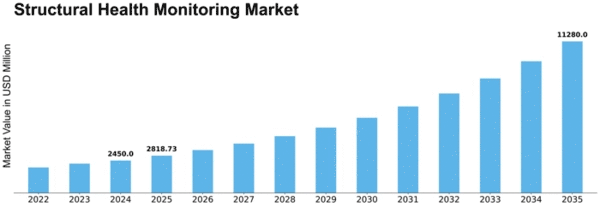


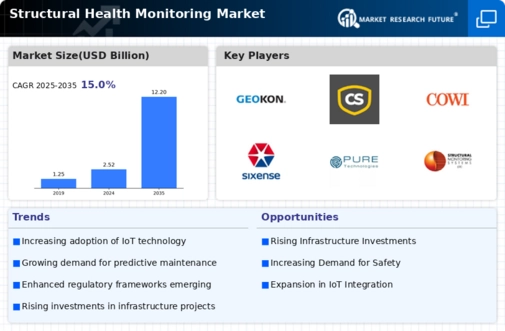


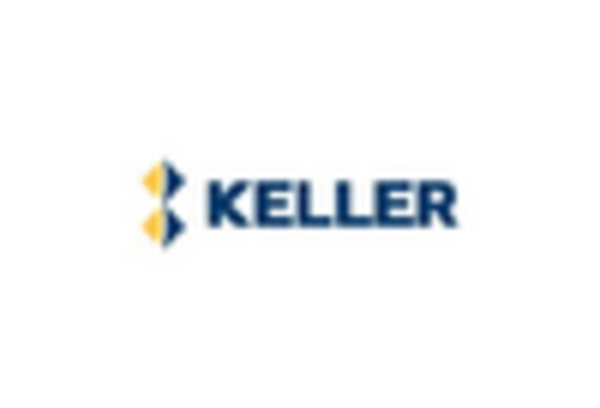
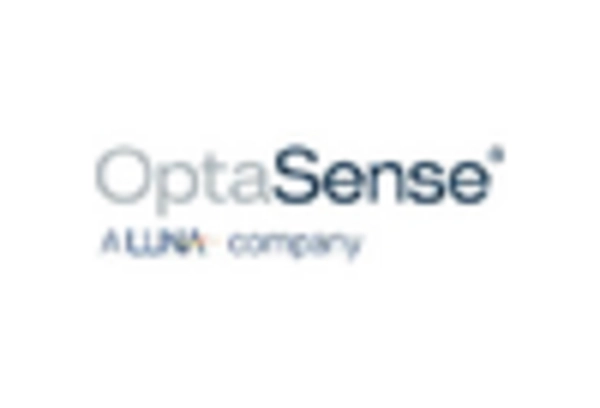
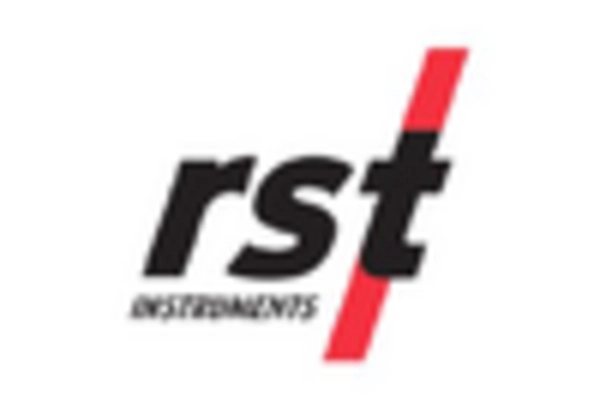










Leave a Comment